Quaking Aspen Trees Disease
Quaking aspen trees disease. This is a fungal disease caused by marssonina brunnea and marssonina populi. Ink spots are a result of the fungus Ciborinia and are commonly found in dense aspen stands. Diseases of the Quaking Aspen Tree Hypoxylon Canker.
The first symptom you may notice is a reduction in growth and yellow leaves. Next in importance is Cryptosphaeria canker causing 26 of. Shoestring root disease Armillaria bothers many plants and the quaking aspen is particularly susceptible.
Because bigtooth aspen has harder bark that grows thicker as it ages it is more disease-resistant than quaking aspen. If playback doesnt begin shortly try restarting. Animals can seriously damage aspen trees primarily by eating the shoots of young suckering trees that sprout from the aspens root system as well as by eating bark.
Diseases of the Quaking Aspen Tree. Quaking Aspen is the most abundant and widespread tree in Minnesota as well as the most common Populus species in North America. It is found from the northern limit of trees in northwestern Alaska through the western United States and into northern Mexico.
It is the most common foliage disease among aspen and cottonwoods in Colorado according to W. With hypoxylon canker being a major contributor to mortality rates in the Twin Cities. Typically sooty-bark canker kills more mature aspen trees than any other agent this is not the case during unusual episodes of aspen mortality such as from 2004 to 2009.
Agents damaging to quaking aspen although other hosts are noted. Plant the trees in moist well-drained soil. There are very few diseases that are fatal for Quaking Aspen and the diseases that are fatal are not able to be treated.
Canker disease of quaking aspen The quaking aspen is one of the most well-known tree species in the western United States. Foliage diseases develop readily in wet cool weather.
Hypoxyon canker is one of the largest killers of quaking aspen trees in North America.
Jacobi a bioagricultural sciences professor at Colorado State University. Foliage diseases develop readily in wet cool weather. Because bigtooth aspen has harder bark that grows thicker as it ages it is more disease-resistant than quaking aspen. Though common this disease rarely causes serious damage to trees since the disease develops late in the summerfall and rarely causes early defoliation. If playback doesnt begin shortly try restarting. Animals can seriously damage aspen trees primarily by eating the shoots of young suckering trees that sprout from the aspens root system as well as by eating bark. Three kinds of fungi cause black leaf diseases on aspen trees. While good for the survival of the tree after a disturbance in the wild these sucker sprouts make aspen a. Later clusters of cream to brown colored mushrooms grow on the trees in.
Three kinds of fungi cause black leaf diseases on aspen trees. There are very few diseases that are fatal for Quaking Aspen and the diseases that are fatal are not able to be treated. In fact possibly the largest living organism on earth is a 100- acre clonal genetically identical stand of quaking aspens called Pando near Fish Lake Utah. A rust disease caused by the fungus Melampsora is often seen on aspen and cottonwood. The soil should be. Quaking aspen has thin soft bark. It is found from the northern limit of trees in northwestern Alaska through the western United States and into northern Mexico.



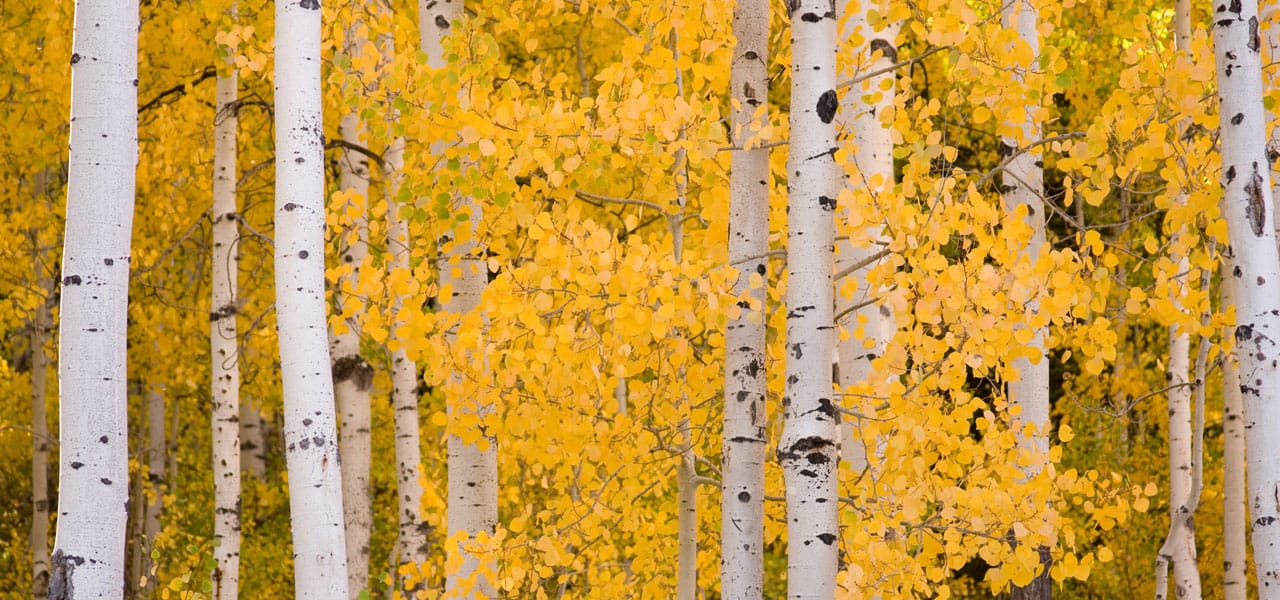
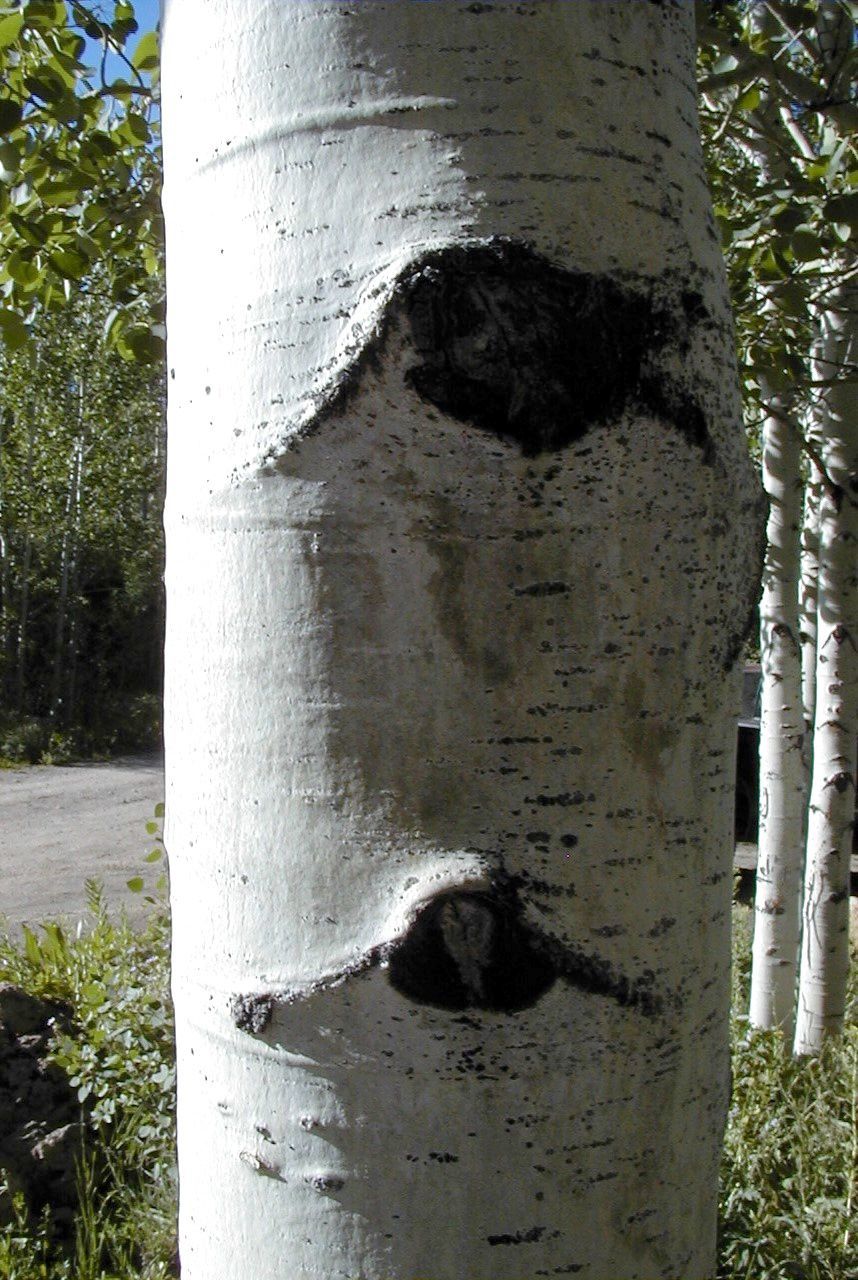
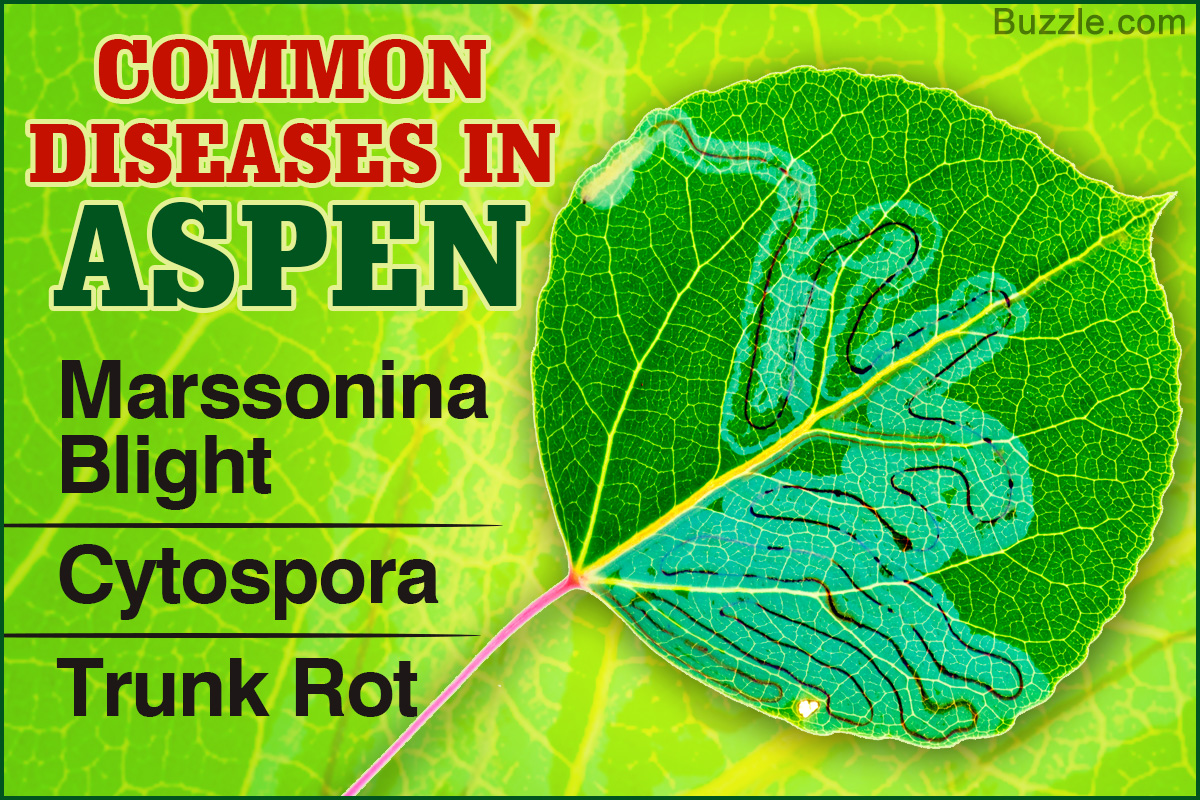
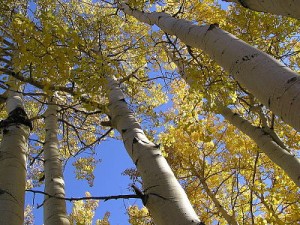
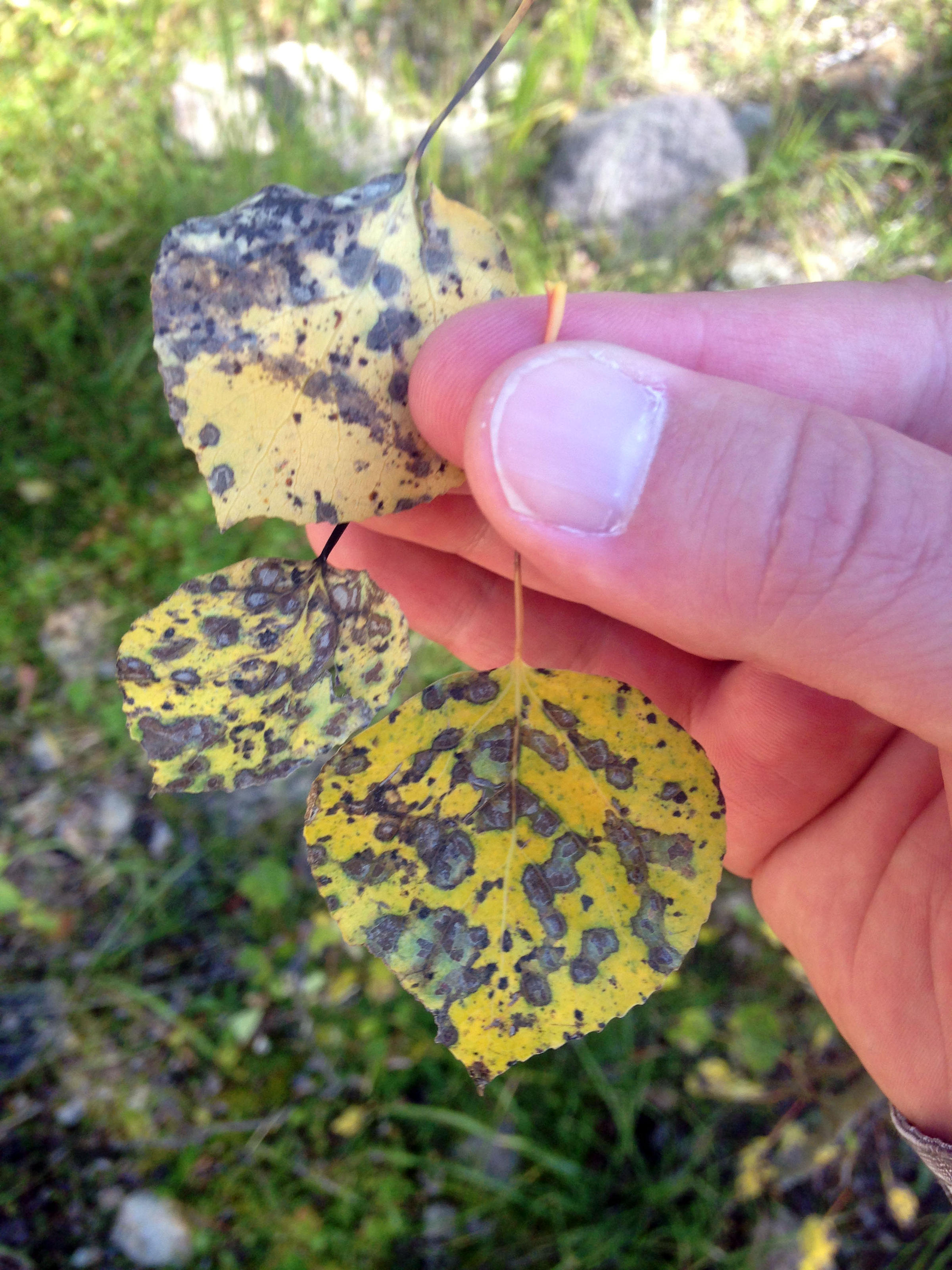




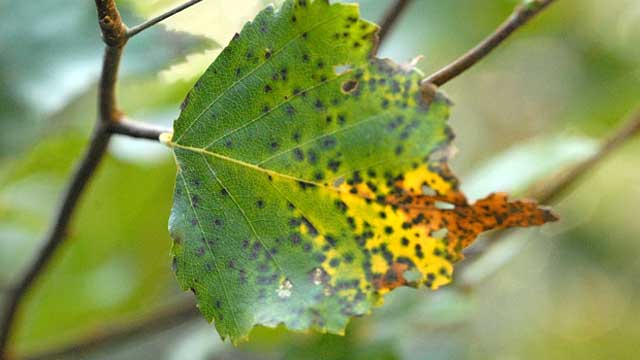




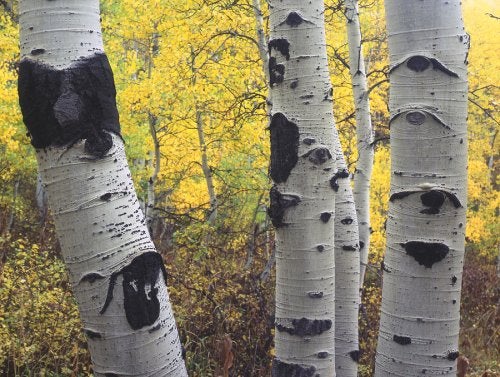


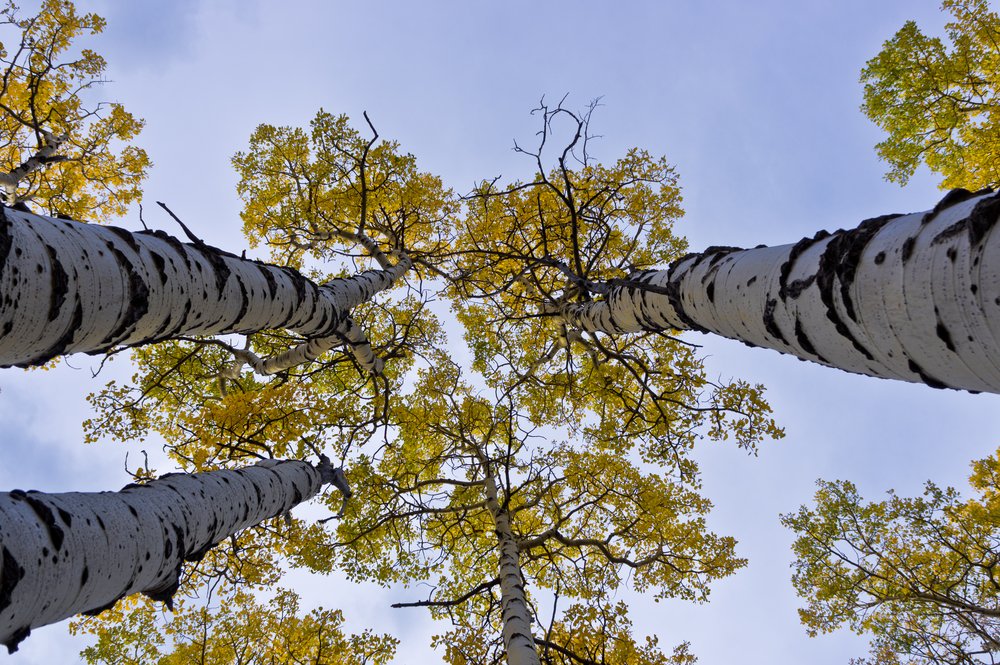







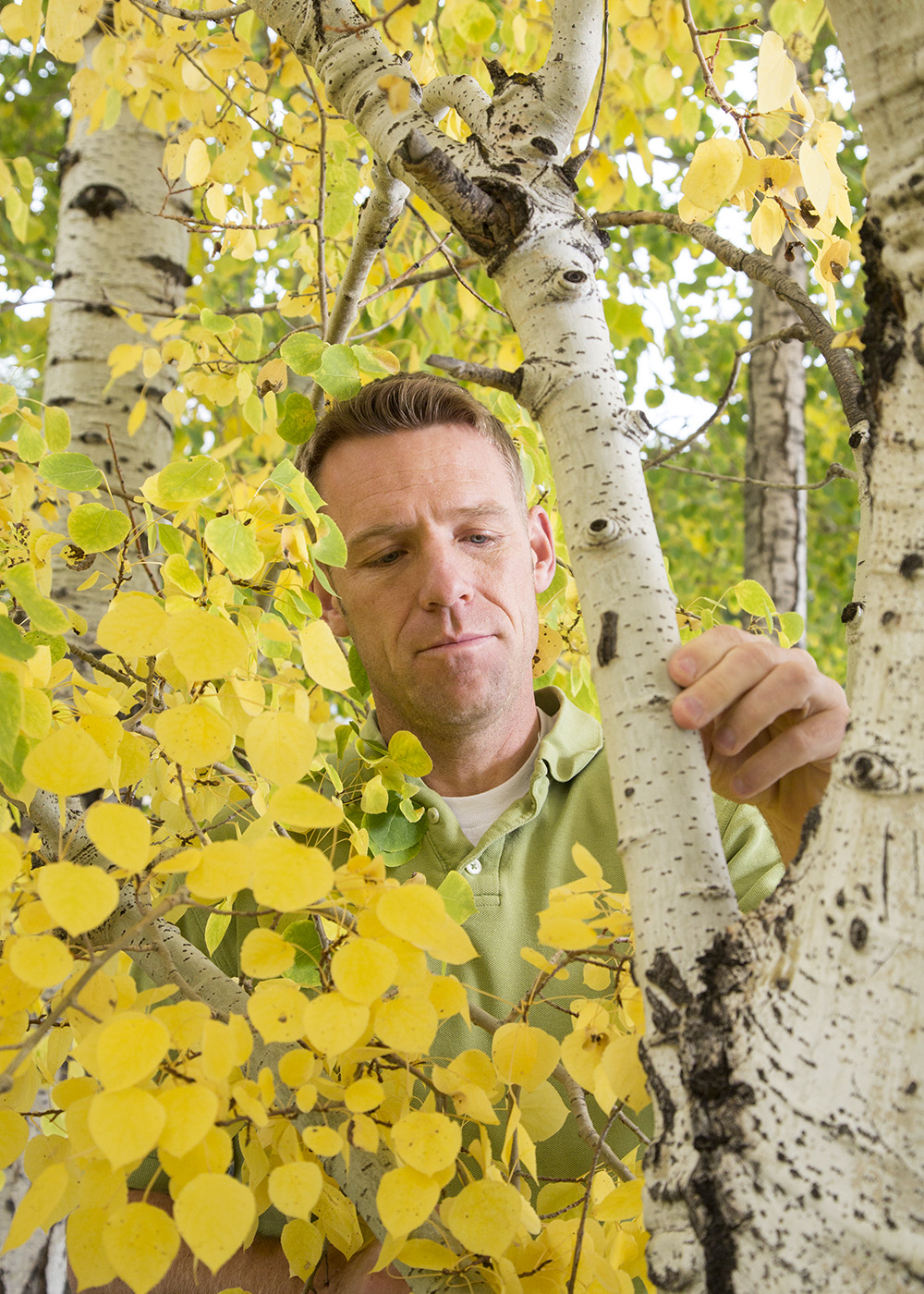
/quaking-aspen-fall-big-56a588f85f9b58b7d0dd4654.jpg)
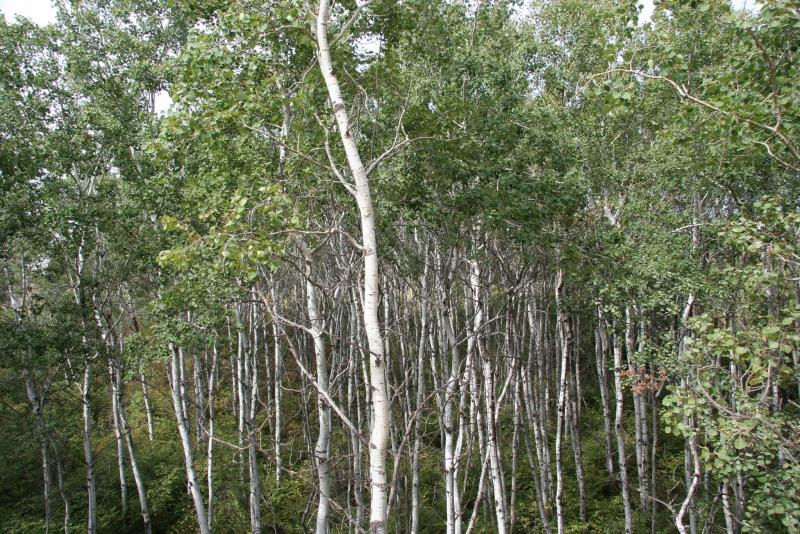



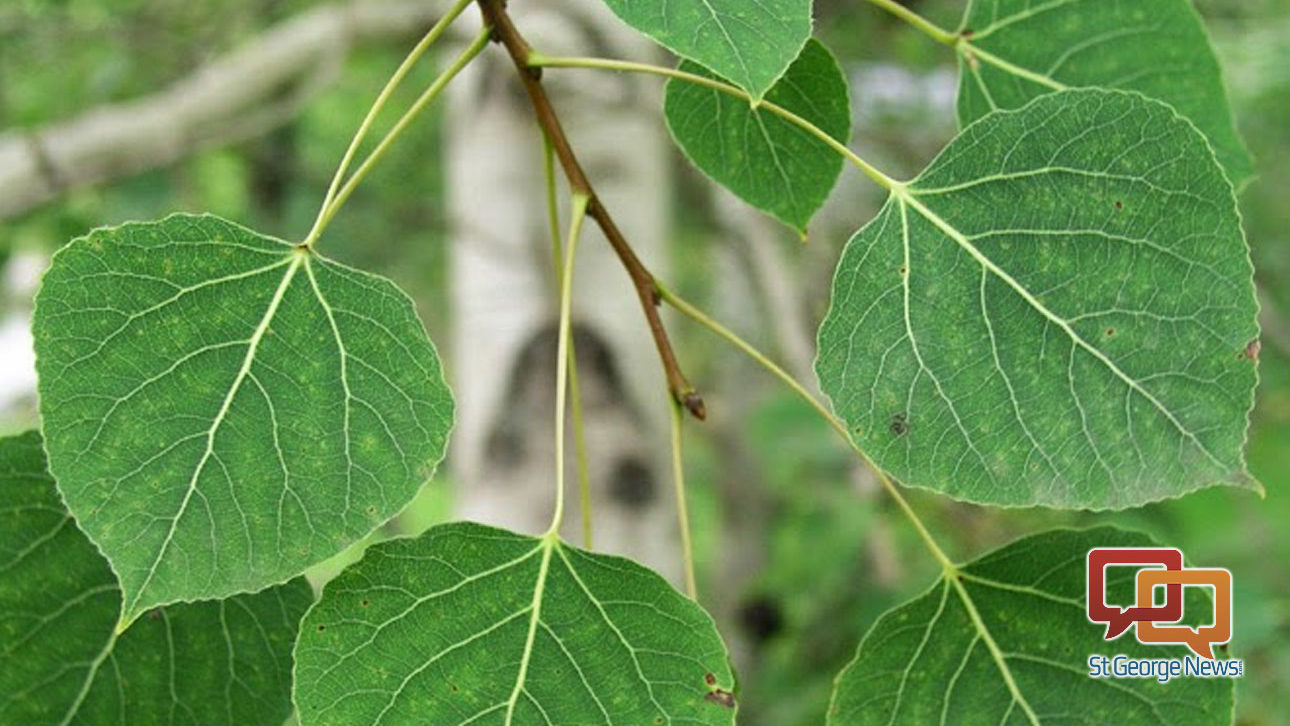


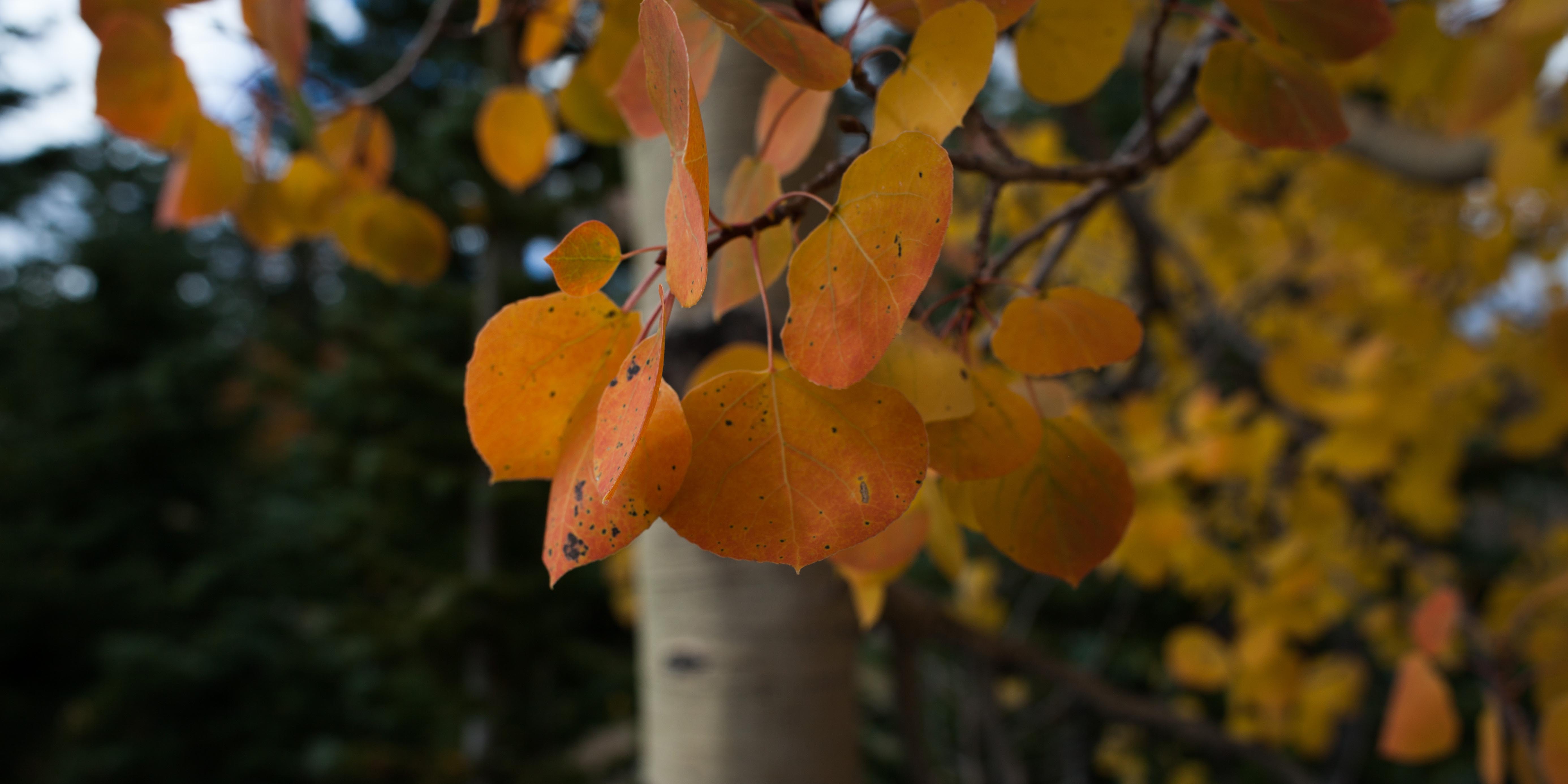

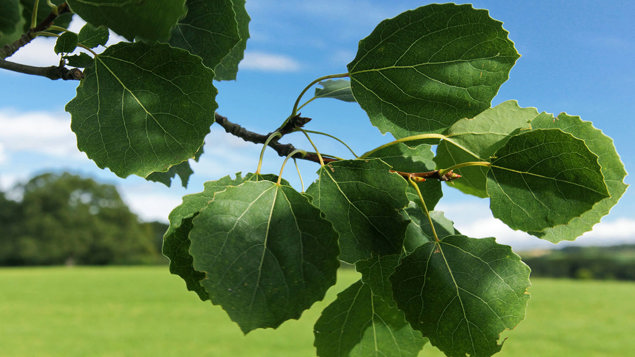


Post a Comment for "Quaking Aspen Trees Disease"